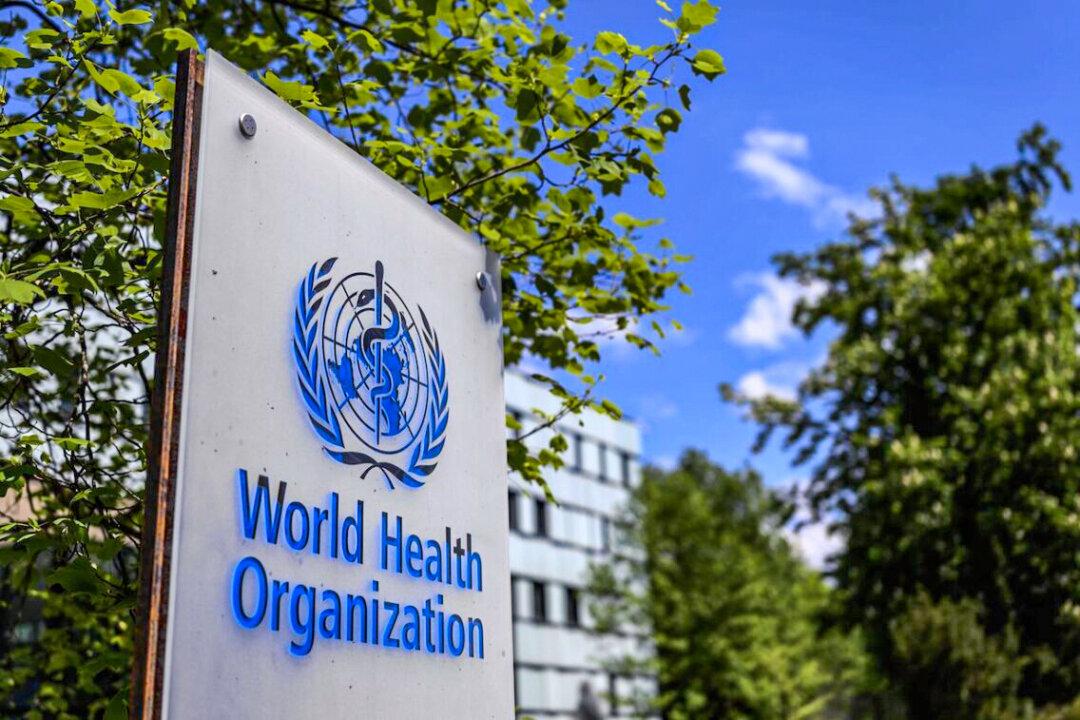The World Health Organization (WHO) on Jan. 27 released updated recommendations for countries and governments on how to acquire and manage a national stockpile of medical supplies to prevent or reduce exposure in the event of radiological and nuclear emergencies, or to treat injuries if exposure has occurred.
Maria Neira, head of the WHO’s Public Health and Environment department, emphasized the importance of having “ready supplies” of crucial drugs developed over the past decade.





